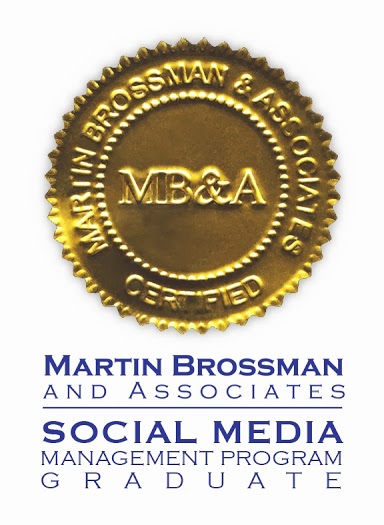Two months ago, I was invited to my first BNI meeting. I knew about the organization and had even been invited to join a new group. At that time, I declined the offer to join because was too big of a commitment on a day of the week that was already full.
My thinking changed within 15 minutes of the start of the first meeting I attended. I understand tightly-scripted, repetitive programming repeated weekly. The Christian church used this system to grow across the Western world, and they aren’t the only group using a similar structure: Amway; 12 Step programs; Weight Watchers. They all get their people together at least once a week, in a meeting that follows a standard format, and their groups thrive.
I needed to join.
That first meeting was 40 miles from my home, with a $3.00 toll each way (50 miles without the toll…). While that group is acknowledged as one of the “best” (largest, most active) in the area, 40 miles each way imposes a significant time overhead, not only on the weekly meetings but also on any 1 to 1s I might schedule, given that most of the members would be on that end of the journey.
I decided to look at my options.
On one hand, the “best” meeting for me would be whichever meeting I joined, because 90% of the value of these groups is in the relationships developed within the group itself. That said, I didn’t want to set up any unneccessary resistance-overhead on my membership. I wanted to pick a group I “liked,” as best I could determine that from the two allowed visits. I set a deadline of making a decision by August 1.
(A temptation—the benefits of visiting meetings were so great that I considered not actually joining but simply continuing to visit meetings. That thought faded quickly. I knew the benefit of “visiting” would wear off. I was also pretty sure the leadership of the organization would figure out that game pretty quickly. They probably had a policy about “always a visitor, never a member.” But mostly, I wanted the real benefits, and visitors only get hints of the real benefit of belonging.)
Calendars, Maps, and Clocks
On the local BNI website, chapters are arranged by
- geography
- day of the week
- time of day
I looked at the list of chapters and realized I needed to set some criteria. The immediately obvious elements in the decision matrix were Calendars, Maps, and Clocks.
Calendars
My first selection criterion was day of the week. Mondays and Fridays have constraints that are more important to me than business networking. I visited two meetings that met on Friday morning as a substitute. I liked one of these meetings but the experiment confirmed I did not want to commit to a weekly networking meeting on Friday morning.
I already had meetings I liked on First and Third Wednesdays, so meetings in the middle of the week became a “last choice” option. I focused on the Tuesday and Thursday choices.
Maps
I looked most closely at the meetings that were the shortest driving distance from my home. Although I didn’t restrict myself to the absolute least driving distance, it was unlikely that I would need to drive twice-as-far to find a “good group.” That eliminated chapters on “the other side of town.”
Seven groups met the “Tuesday or Thursday, not too far” criteria.
Clocks
Time of day turned out to be a minor criterion; those meetings that met at lunchtime were eliminated first because of day or location. I don’t have (much) trouble getting up in time to make an 8:00 business meeting once a week.
Set of Seven
Once I had my “set of seven,” how did I come to a decision?
At one meeting, the acoustics of the room were such that I couldn’t hear the speakers at the other end of the table. Given this didn’t happen at other locations, I charged a fault to the room and struck that meeting from my list.
At one chapter, the logistics of the room meant that people had to leave immediately after the end of the meeting. By that time, I had enjoyed several instances of “after meeting” networking. Given my driving distances, it would be very useful to select a meeting that supported the “after meeting.” I struck the “get out quickly” meeting off the list.
Along the way, I noticed that members had different approaches to how they identified who they wanted to meet during their “60 second” commercials. I started counting what % of total membership used a phrase like, “my ideal client is anybody who….”, and counted two strikes if the commercial went on to identify some variation on “anyone who breathes…”
I considered “metrics” and gave extra weight to those groups that regularly reported on activity targets. If “hitting numbers” was part of the membership expectation and benefit, I wanted to be part of a group that reported numbers.
Finally, I observed, “How did the members behave?” I asked one member about his competition. He bad-mouthed the other vendor. Tacky. On another occasion, someone “went political” in a commercial. I vote the other way.
In the end, I discovered that I had NOT selected the group with the
- Shortest drive
- Friendliest, most fun members
- Best after-meeting networking
Those meetings all fell out on other criteria. The group I selected had a good-enough location, enough laughter, and enough after-meeting lingering, to make up.
And of course the real value is not in the particulars of any one chapter, but in working the system at the chapter I join. Stay tuned.



Speak Your Mind